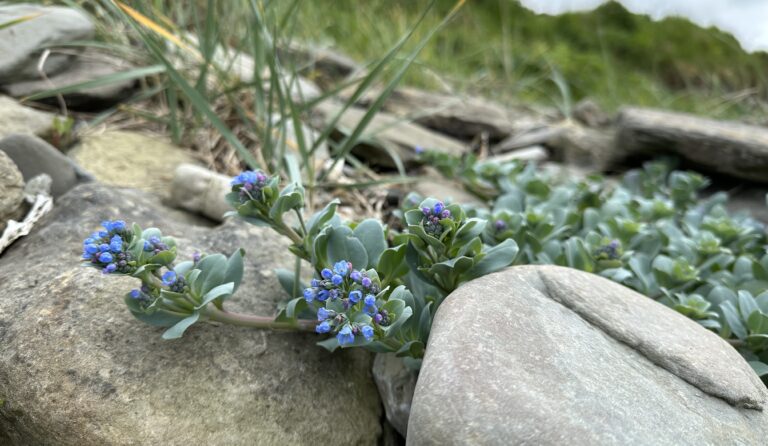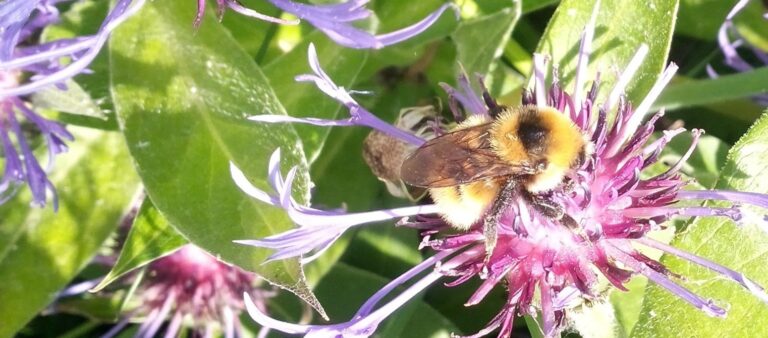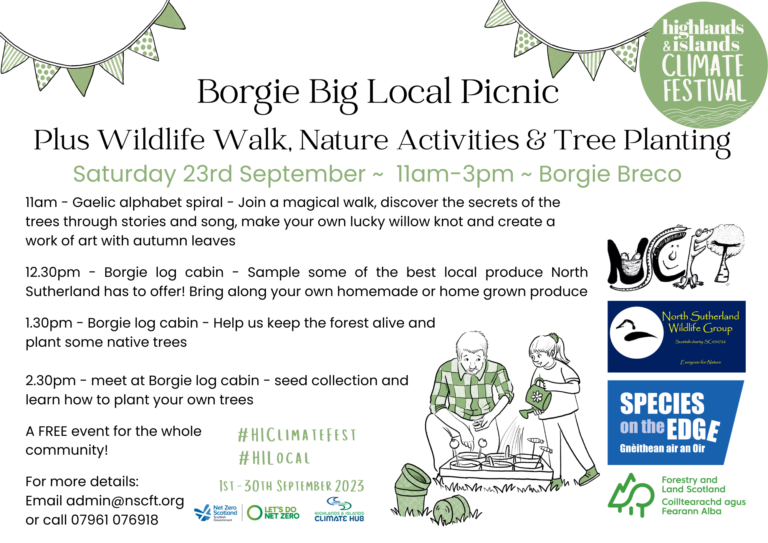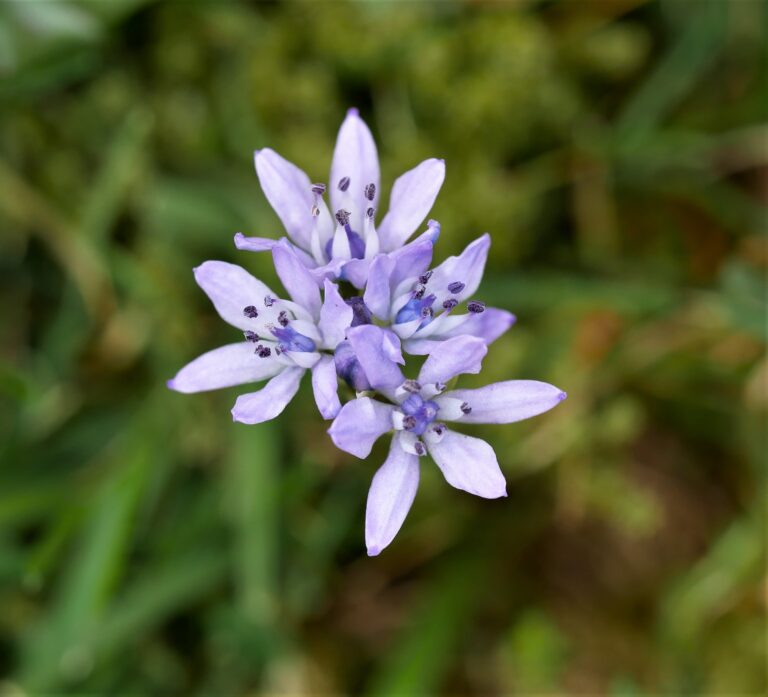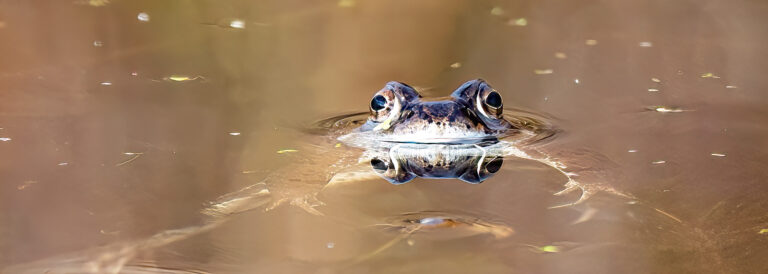By Daniel Parlour, Scottish Countryside Junior Ranger.
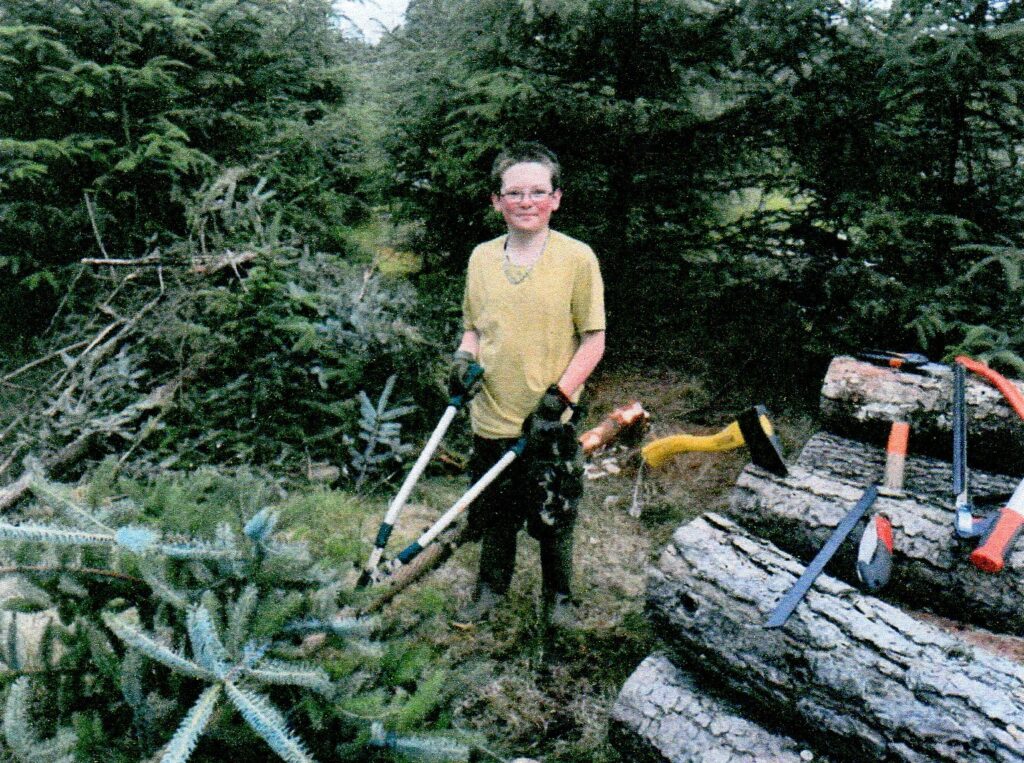
Hello! I’m Daniel Parlour. I’m 14 years old and I volunteer for Dunnet Community Forest (DCF) and Species on the Edge (SOTE). I wanted to tell you a little bit about me and my interest in the wildlife of Caithness.
Why I love nature
My love of nature began when I was as small as a seal pup. Spending a lot of time in nature has led to my love of animals and plants, and my wish to protect the environment they live in. Caithness is an amazing place to live and I moved here 3 years ago. We were drawn here by its natural beauty, mostly untouched landscape, and wonderful wildlife.
Dunnet Forest – an important place
During the summer of 2023 I joined Conservation Summer School (CSS) held in Dunnet Forest, where I earned my John Muir and Scottish Junior Ranger awards. It was run by Garance Warburton (DCF) and Louise Senior (SOTE). There were many weekly sessions over the summer holidays, where we had lots of fun learning about forest management, bushcraft and conservation. I also made some good friends. I was rather sad that CSS was ending as I had enjoyed it so much. Little did I know; it was all just beginning!
Just over a week later I joined Green Gym in DCF. During Green Gym we carry out forest management and conservation work. It is led by Garance and I work alongside many of the friends that I made in CSS. I now volunteer every Sunday and just some of the work we do includes:
- Corral building
- Removing invasive species
- Checking for and removing windfall trees
- Clearing ditches
- Footpath maintenance
- Building bridges
- Litter picking
- Putting up signs and posters
- Drinking tea with lots of biscuits!
Dunnet Links Wildlife
Dunnet Forest is part of Dunnet Links, which is a Site of Special Scientific Interest (SSSI), including the dunes and grasslands. This area is home to many special plant species such as: Birds-foot-trefoil, Kidney vetch, Wild thyme, White clover, Marsh orchids and the Scottish primrose – which is only found in coastal areas of Caithness, Sutherland and Orkney.
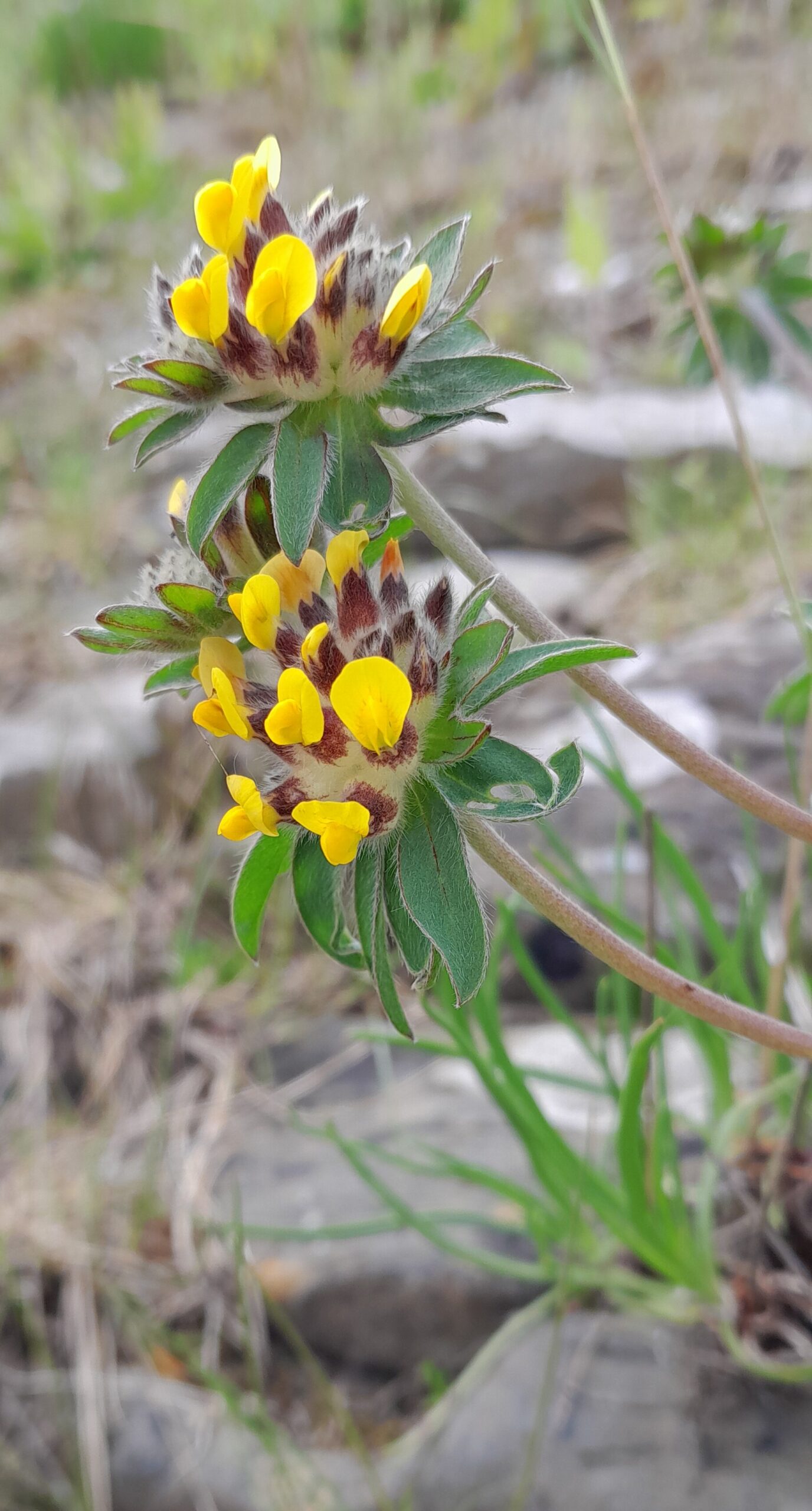
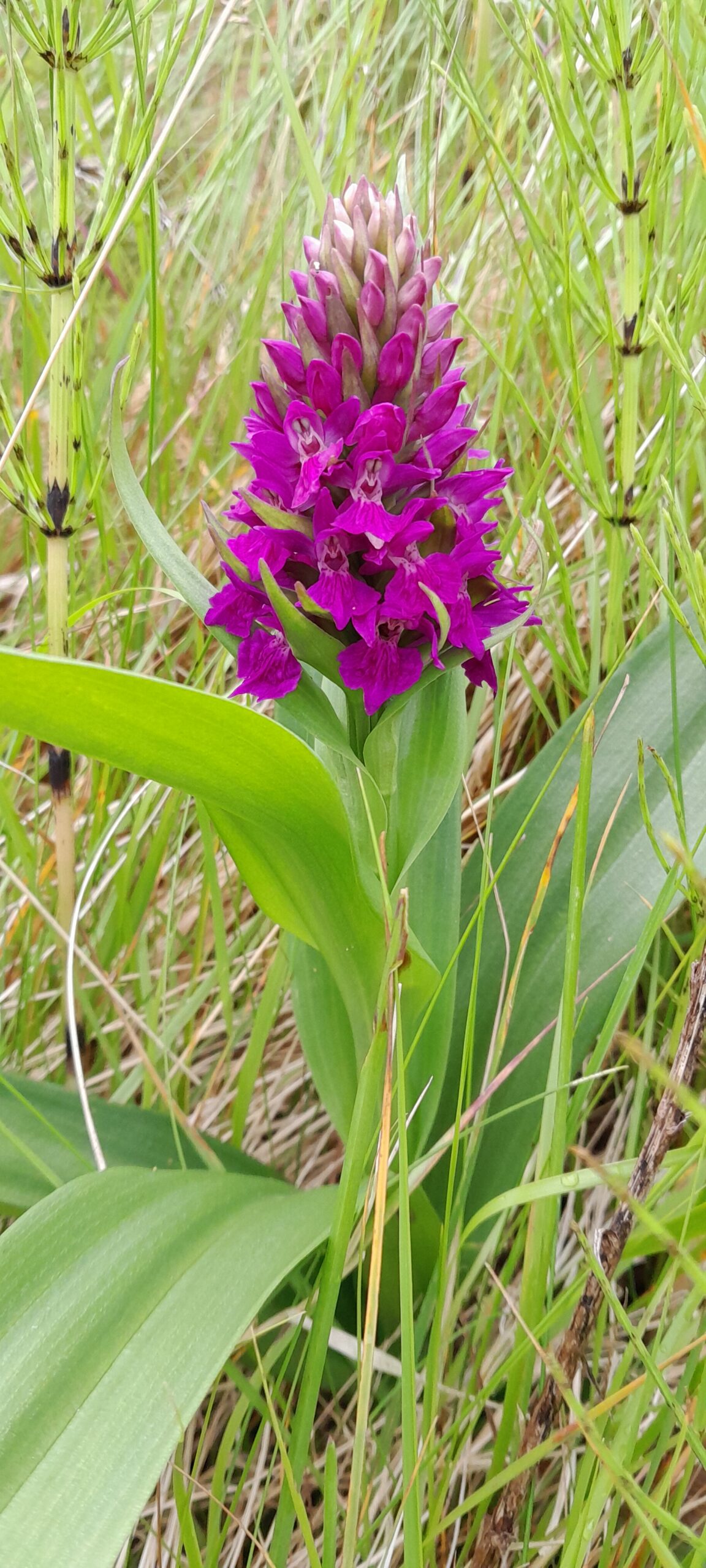
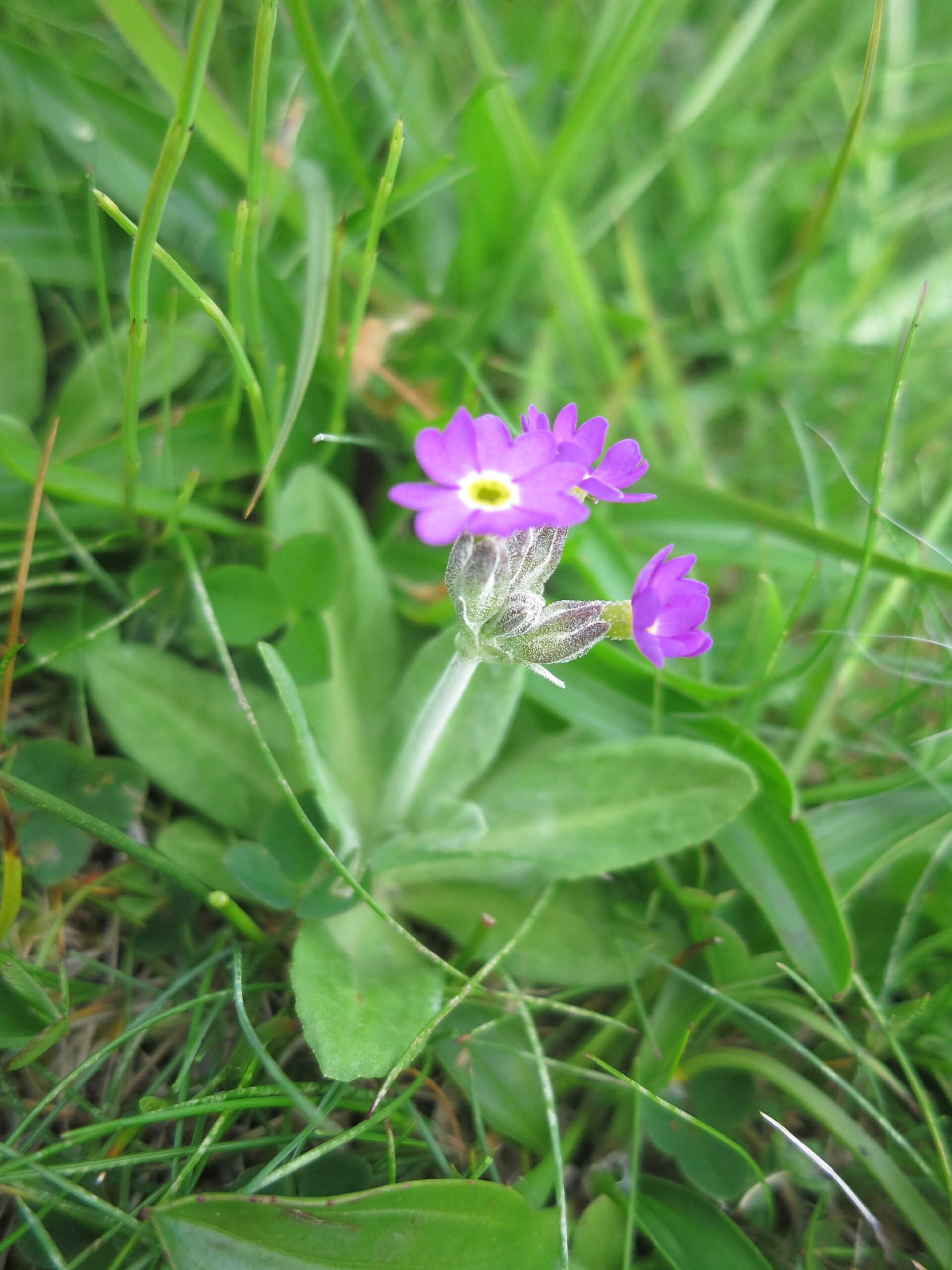
Lots of wildlife can be found in the forest including: Goldcrests, Coal tits, Crossbills, Pine martens, newts, Elephant hawk-moth, Common blue butterfly and the Small blue butterfly, just to name a few. Also recorded in the area is the great yellow bumblebee, which is becoming rare in the UK but can still be found in parts of Northwest Scotland and Orkney.
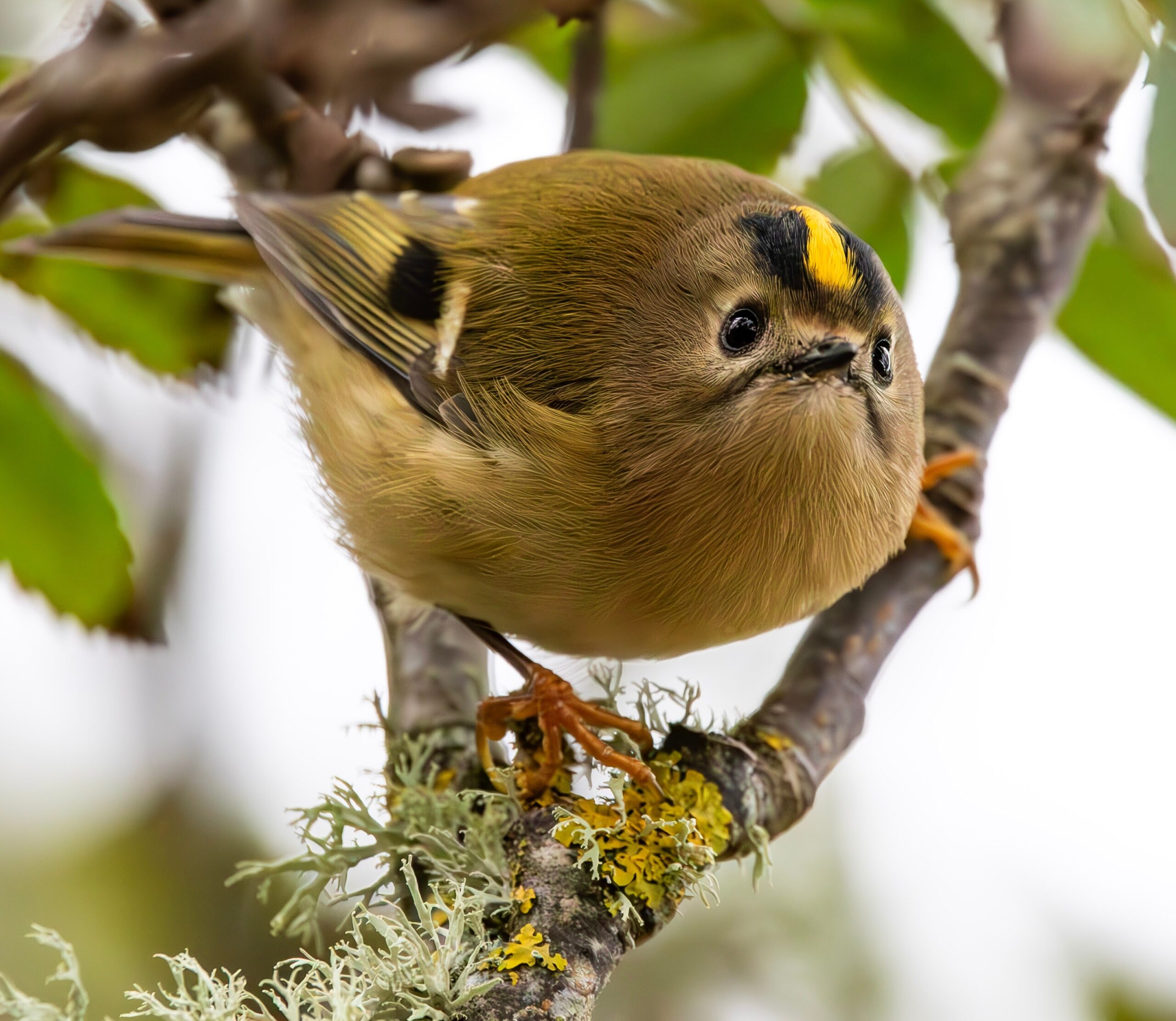
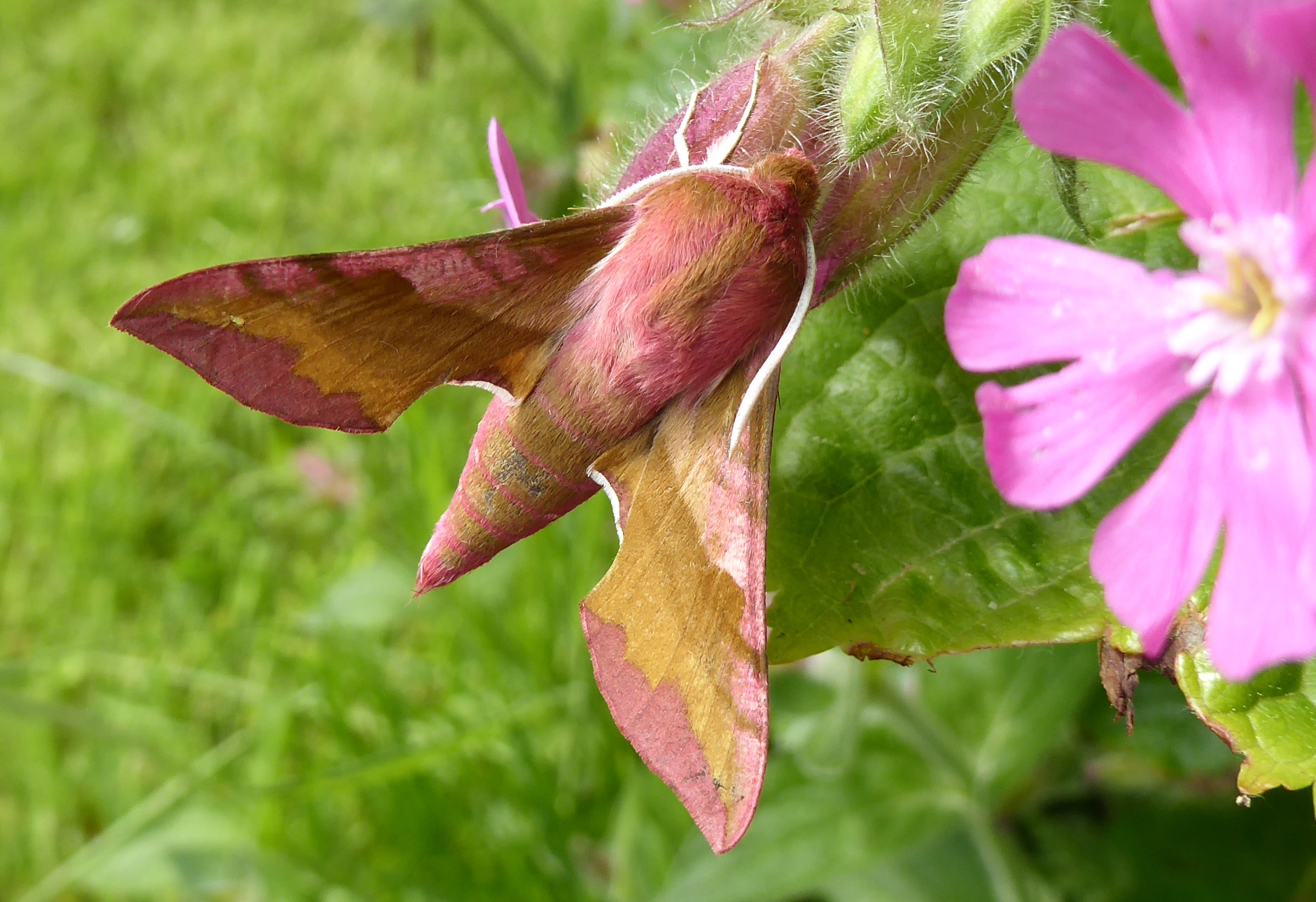
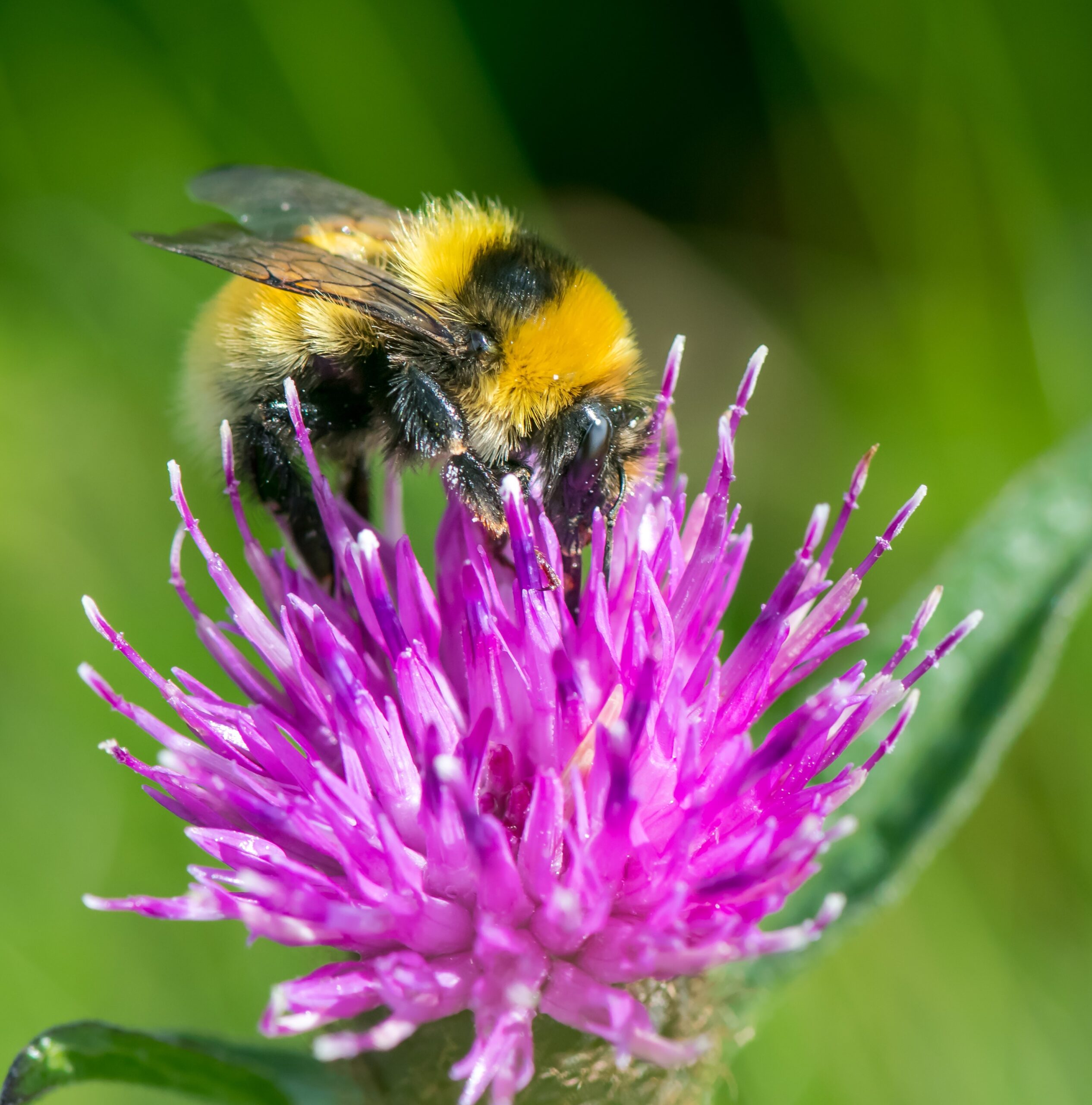
Butterfly Bank project
This spring, to encourage more Small blue butterflies into the forest, we constructed a butterfly bank. We planted it with Kidney vetch and Birds-foot trefoil which are the essential food plants for Small blue and Common blue butterflies. They lay their eggs on the plants, for their caterpillars to eat once they have hatched. We also planted Wild thyme and Thrift, which alongside Kidney vetch and Birds-foot trefoil are flowering plants, attracting pollinators such as bees and the butterflies themselves.
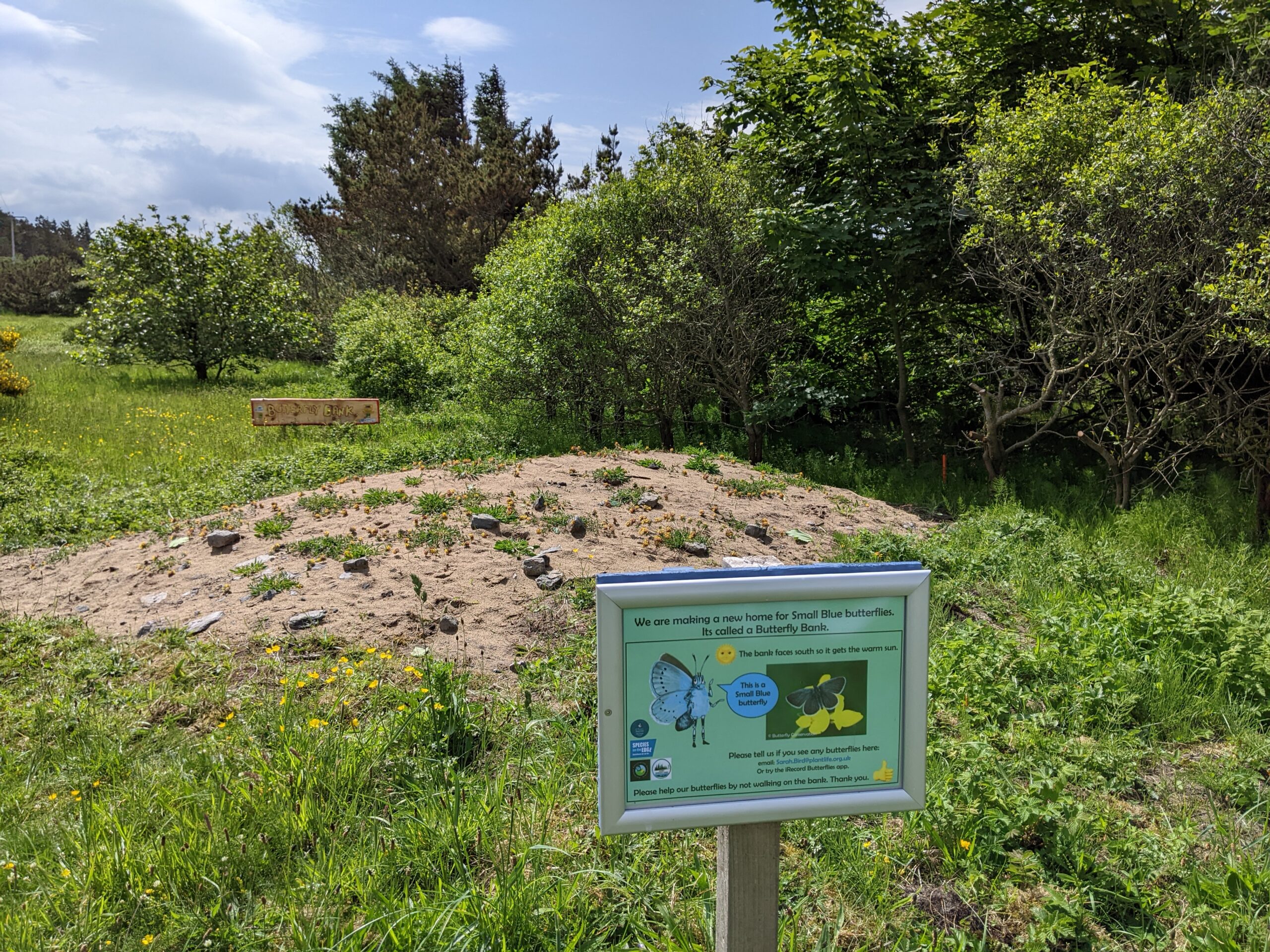
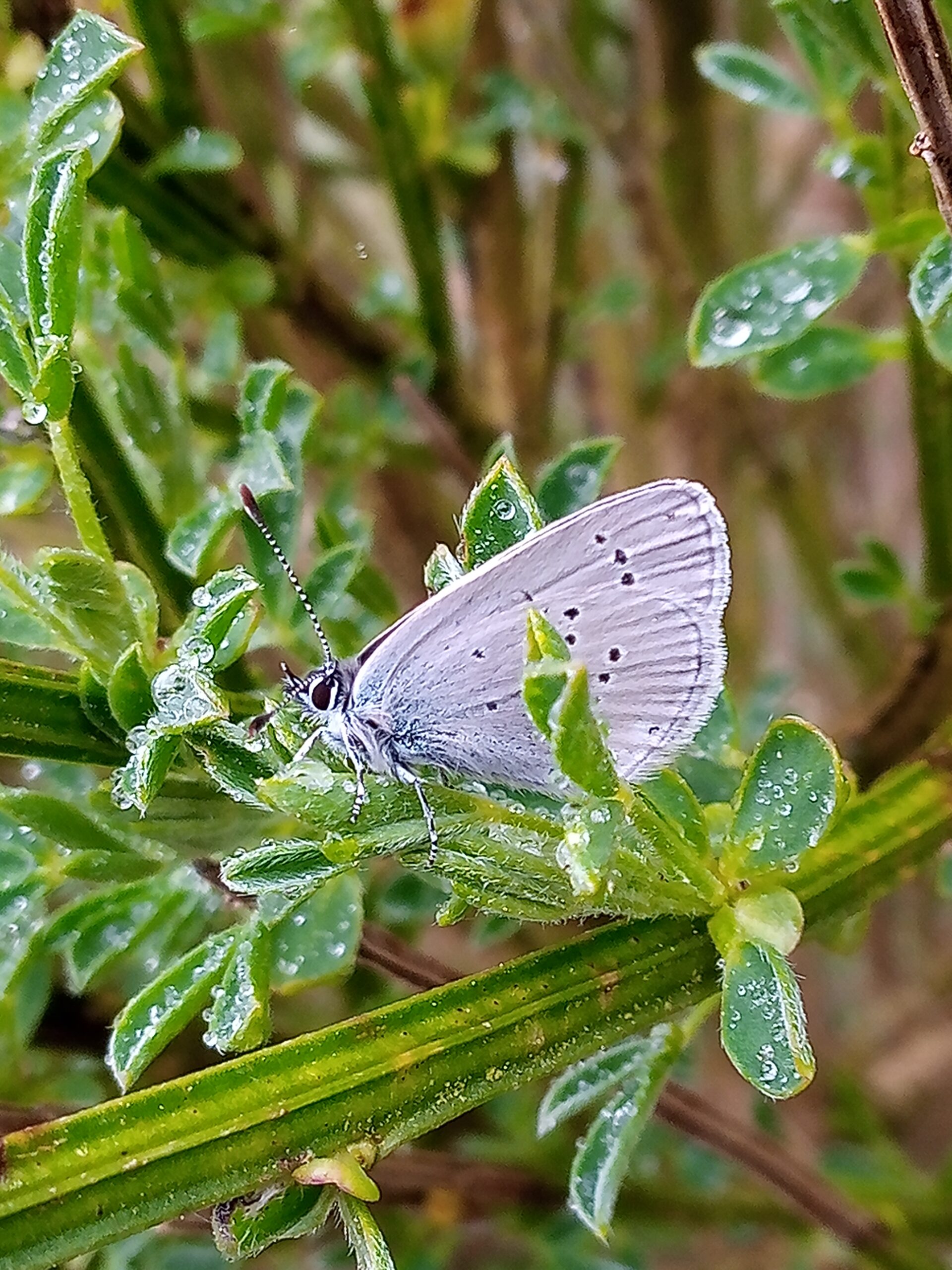
The Small blue is a rare species and Dunnet has one of only a few colonies in Northern Scotland. By creating this bank it’s giving the butterflies somewhere to breed and increase their numbers. It is my job to monitor the bank and the progress of the plants. I also keep an eye out for Small blues and their caterpillars. I am happy to report several small blues have already been seen on the bank this summer.
So now you know just a few reasons why I love the far north of Scotland and why I wish to preserve it. I could go on and on but I’m sure you’ve got places to explore and wildlife to see, so thanks for taking the time to read my article.

